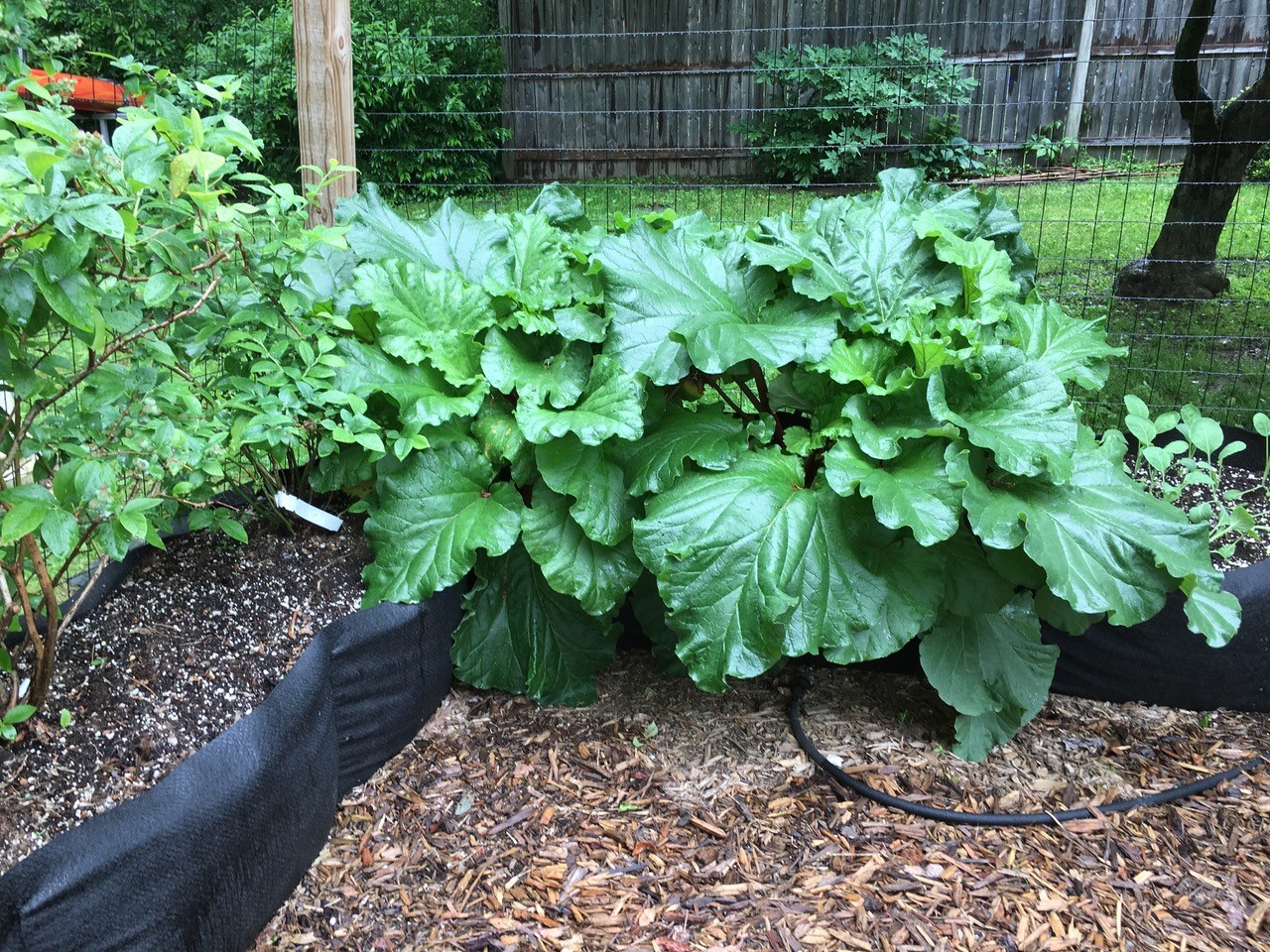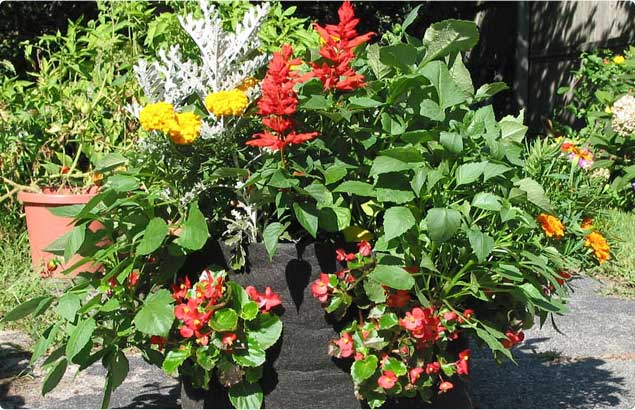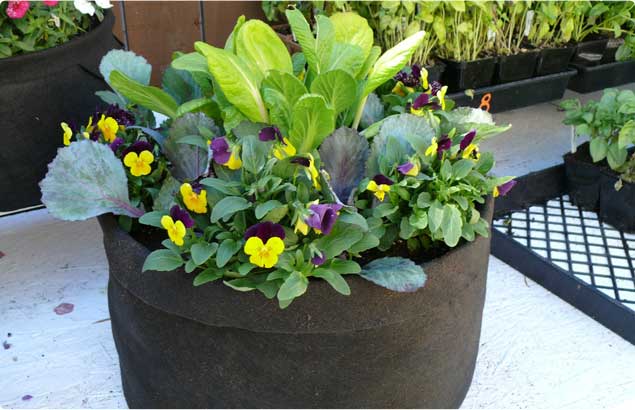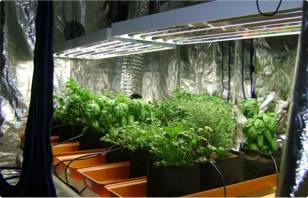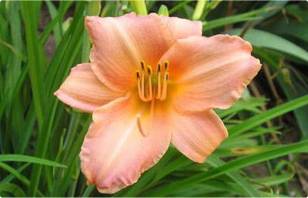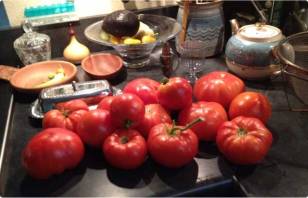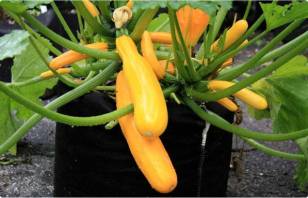Rhubarb Good, Better & Best
As my strawberries are growing and ripening, I’m looking at and thinking about the rhubarb that’s growing a few feet from them. I do this every year and wonder why I never use it? Most people associate rhubarb with strawberry- rhubarb pie, as do I but it’s been years since I’ve had any. I enjoy baking and every year when my rhubarb is at its peak along with the strawberries, I intend to make a pie or a rhubarb dessert, but it hasn’t happened yet. Maybe this year?
Rhubarb is a hardy perennial, that’s low maintenance, and grows very well in the right conditions. It needs winter cold, full sun but will tolerate light shade, prefers slightly acidic soil that has a healthy amount of organic matter and likes to be fed. Most folks think of rhubarb as a fruit because its typically associated with desserts, but it is a true vegetable. The celery like stalks are eaten but never the poisonous leaves. It can be eaten raw but it’s extremely tart, so it’s often paired with sugar. Crowns are planted either in the late fall or early spring, and the plants will continue to grow practically forever because rarely are they bothered by disease, insects or deer.
Rhubarb isn’t a showy plant. It has no eye-catching flowers, tempting fruit, or striking foliage but its dependable, consistent year after year. My rhubarb has been growing in my garden for at least 7 or 8 years and during this time the plants were relocated twice to different areas. What’s interesting is each time they received a new home, the plants’ response was significantly different.
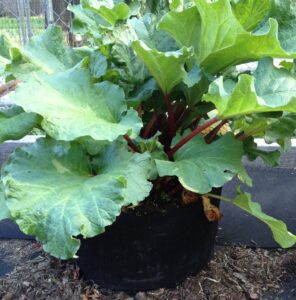
For two years the rhubarb did amazingly well growing in the “Long Bed”, but now I needed the space to grow blackberries. Once again, the rhubarb was relocated and this time I transplanted it outside the garden, along a fence and directly into the soil. Now, the rhubarb has been in the ground for two years and it’s doing okay but hard to believe the plants are the same ones that grew in the Smart Pot and Long Bed. The plants are healthy but are so much smaller In their present location. The plants do receive a little less sunlight but not enough to make such a profound difference. I’m certain the contributing factor that’s responsible for the very visual differences in plant growth is the area surrounding the plants’ roots.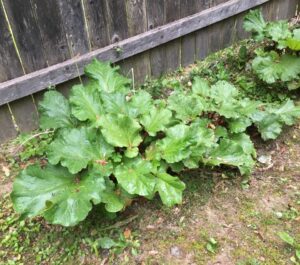
The Smart Pot Long Bed provided the plants’ roots with an ideal, stress free environment – great drainage, proper moisture level and no compaction and the in-ground location does not. In most instances, container or raised bed gardening allows plants to outperform those grown directly in the ground. Above ground growing provides plant roots with a better, more hospitable, environment than found in ground soil. Containers or raised beds provide better drainage, proper pH, improved air to water ratio, no compaction, etc. And it’s been my gardening experience for many years that quality, fabric containers and or raised beds are preferable to plastic, wood or other hard -sided containers. They are so much more forgiving and your plants’ root systems will love them.
by Marty Gottlieb
